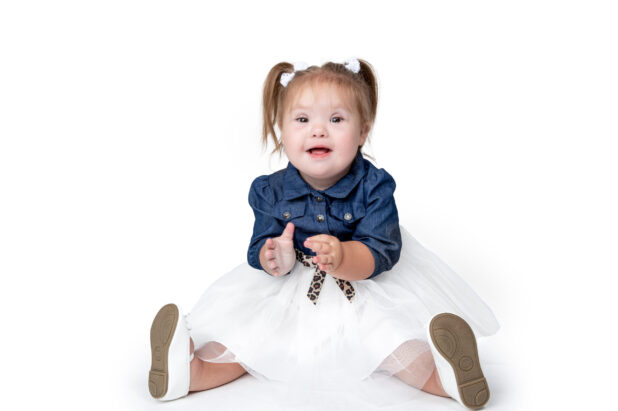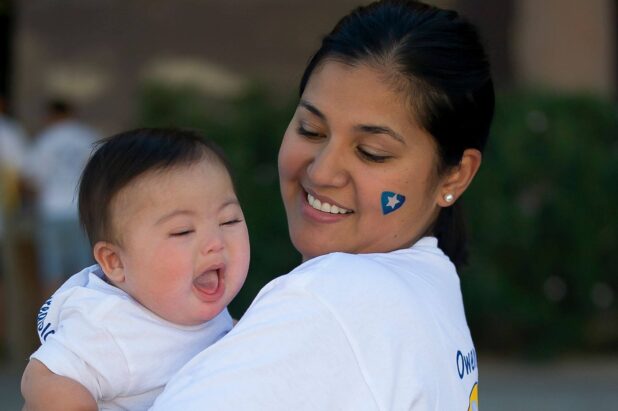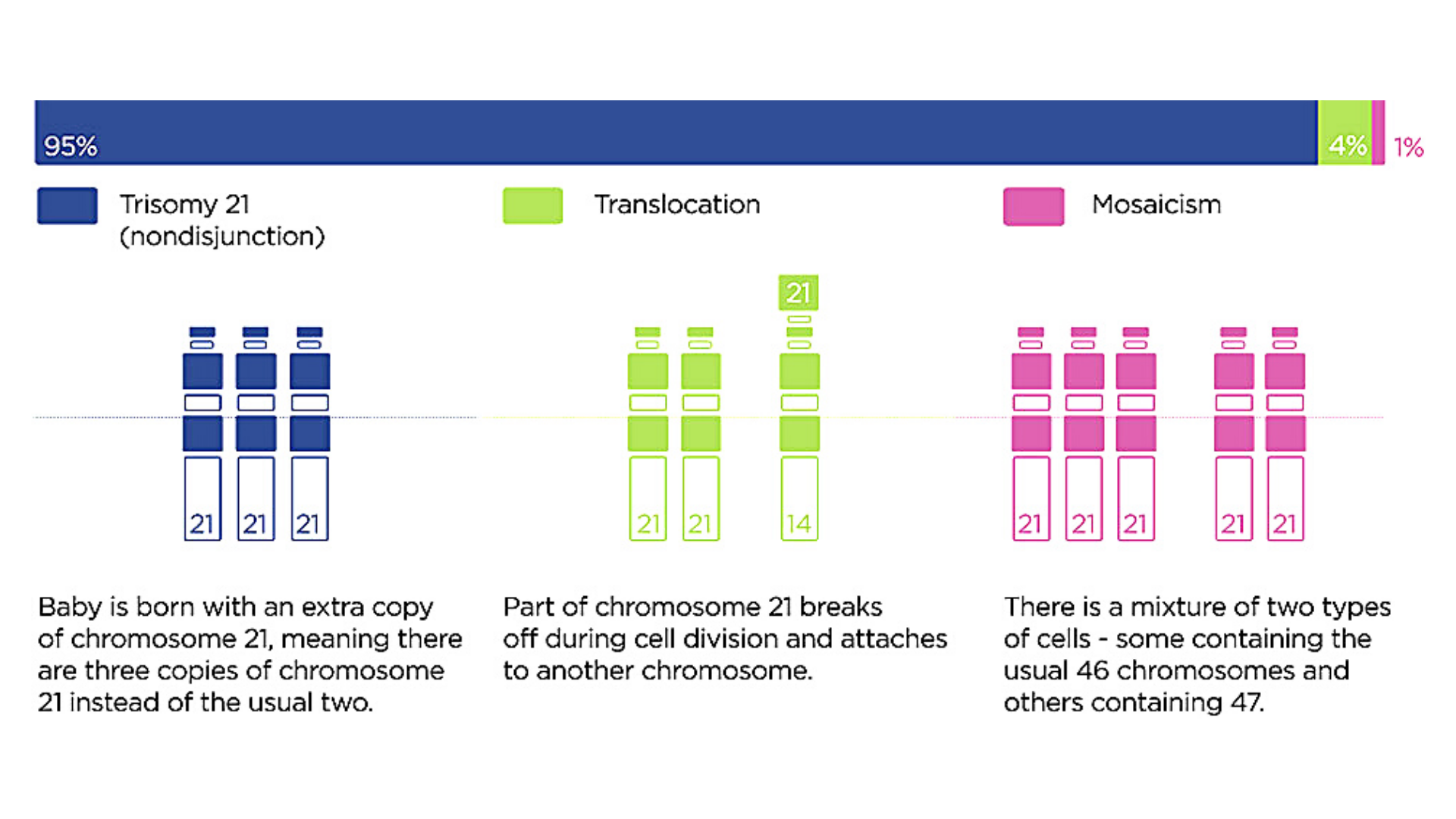Down syndrome is a naturally occurring chromosomal arrangement that has always been a part of the human condition. Down syndrome usually causes varying degrees of learning and developmental delays and associated medical issues.
MOST COMMON OCCURRING CHROMOSOMAL CONDITION
One in every 691 babies in the US is born with Down syndrome, or around 6,000 births per year. In Arizona, 161 babies a year are born with Down syndrome. Today, there approximately 400,000 people with Down syndrome living in the US.
EQUITY & INCLUSION
Down syndrome occurs in people of all races and social economic levels. People with Down syndrome attend school, work, participate in decisions that affect them, have meaningful relationships, vote and contribute to society in many wonderful ways.
QUALITY OF LIFE
Quality educational programs, a stimulating home environment, good health care and positive support from family, friends and the community enable people with Down syndrome to lead fulfilling and productive lives.

PEOPLE FIRST
Children with Down syndrome are more like other children than they are different; they learn and grow. They simply achieve their goals at a different pace. Each individual has their own unique personality, capabilities and talents. One should always use “people-first” language. For example: a newborn is a baby with Down syndrome, not a Down’s baby.

MATERNAL AGE
While the incidence of births of children with Down syndrome increases with maternal age, more children are born to women under the age of 35 due to higher fertility rates. 80% of children with Down syndrome are born to women under the age of 35 years.

LIFE EXPECTANCY
Life expectancy for people with Down syndrome has increased dramatically in recent decades – from 25 in 1983 to 60 today. With continued emphasis on research, scientists believe it will be possible to improve, correct or prevent many of the problems associated with Down syndrome in the future.
Language Counts
Your Words Matter
-
Down vs. Down’s – Down syndrome is the preferred spelling, an apostrophe connotes ownership or possession
-
People first – a child with Down syndrome vs. a Down syndrome child
-
Avoid “Down’s child”, “Down’s,” as in, “He has Down’s”
-
Down syndrome is a condition, not a disease
-
People “have” Down syndrome, they do not “suffer from” nor are “afflicted by” the condition
-
“Typically developing” or “typical” is preferred over “normal”
-
“Intellectual disability” or “cognitive disability” or “delayed learning” has replaced “mental retardation” as the appropriate term
-
R word “retarded” – Using this word is hurtful and suggests that people with disabilities are not competent
Characteristics at Birth
Everyone is unique
Down syndrome is usually identified at birth, or shortly after. Initially, the diagnosis is based on physical characteristics that are commonly seen in babies with Down syndrome. However, the diagnosis must be confirmed by a chromosome study (karyotype).
Every person with Down syndrome is a unique and may possess these characteristics to varying degrees or not at all. People with Down syndrome might look similar and share some common physical features, but most of all, they will look like their family members and will have their unique personality.
-
Reduced muscle tone (hypotonia)
-
Flat facial profile, flat nasal bridge, small nose
-
Eyes that slant upwards and outwards, fold between lids at the inner corner of eye
-
Small mouth, makes tongue seem slightly large
-
Low set or unusually formed ears
-
Big space between first and second toe
-
Broad hands with short fingers, little finger may curve inward
-
Palm may have one line across it
-
Below average birth weight and length
Trisomy 21
Three Types of Down Syndrome
Down syndrome is a genetic condition where a person has 47 chromosomes instead of the usual 46. In most cases, Down syndrome occurs when there is an extra copy of chromosome 21.This form of Down syndrome is called Trisomy 21.The extra chromosome causes problems with the way the body and brain develop. There are three types of Down syndrome: standard trisomy 21 (nondisjunction) accounts for 95% of cases, translocation accounts for about 4% and mosaicism accounts for
about 1%.

